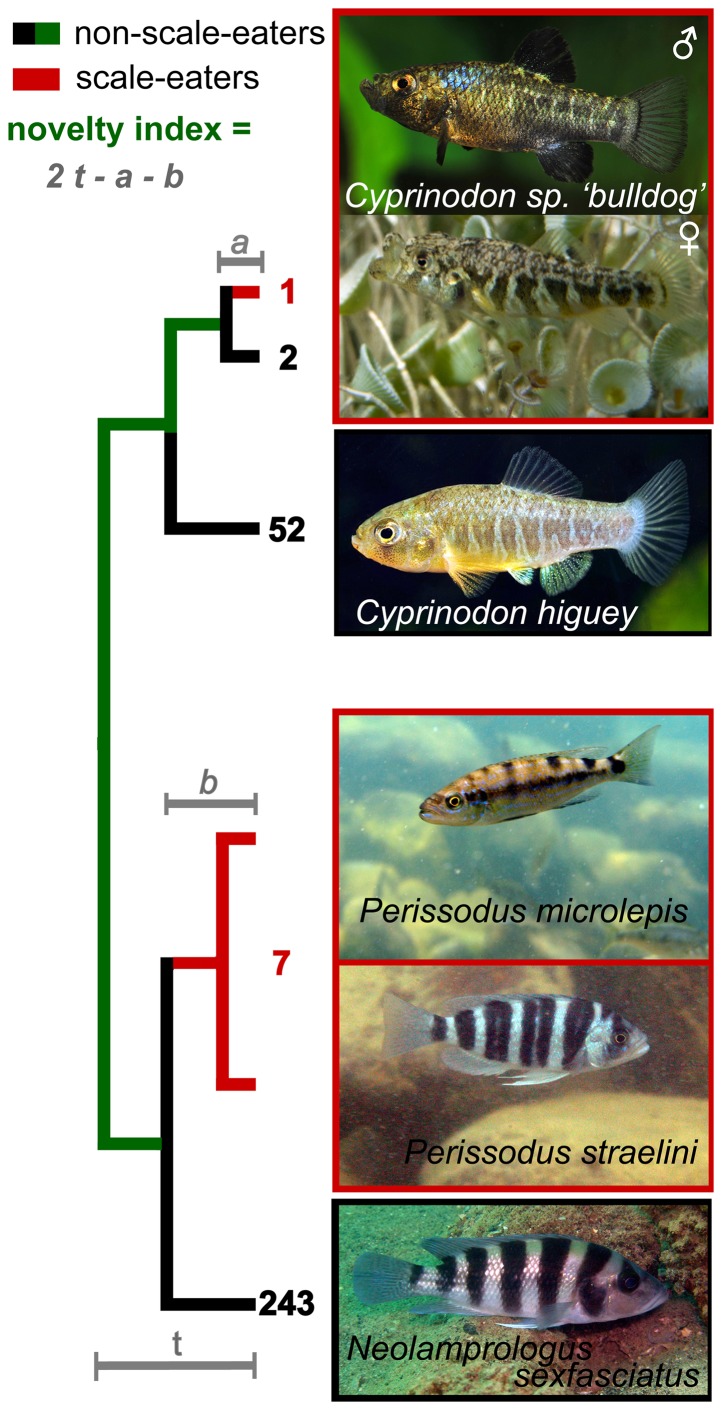Figure 1. Illustration of the phylogenetic novelty index applied to scale-eating in Cyprinodon sp. ‘bulldog’.
The most closely related species with convergent ecology are a clade of scale-eating cichlids from Lake Tanganyika, Perissodus spp. A simplified cladogram connecting these groups is illustrated with numbers at tips corresponding to the number of scale-eating (black) and non-scale-eating (red) species within the Cyprinodon and Tanganyikan haplochromine clades (note that thousands of additional outgroup species have been pruned and these species numbers are not presented). Phylogenetic novelty index (indicated by the green line; 168 million years in Table 3) is calculated from twice the divergence time (t) minus the estimated origin of scale-eating in each clade (a and b). The stem age of the Perissodus clade is used as a conservative estimate of the origin of scale-eating (b). Note that the phylogenetic novelty index is not the same if applied to scale-eating cichlids (Table 3), which have repeatedly colonized this niche within each Great Lake radiation. Also note the aggressive mimicry in Perissodus straelini and the crypsis of female Cyprinodon sp. ‘bulldog’. Photo credits: Jennifer O. Reynolds, Tony Terceira.

